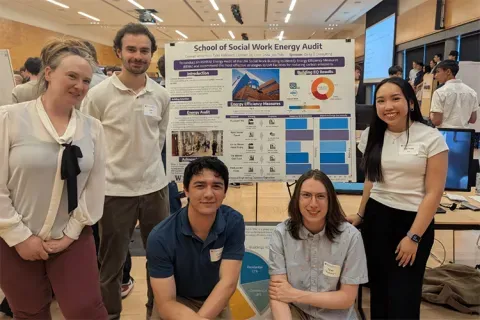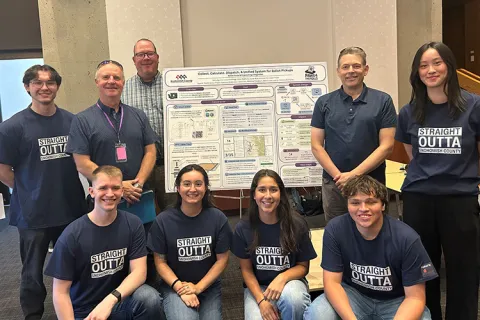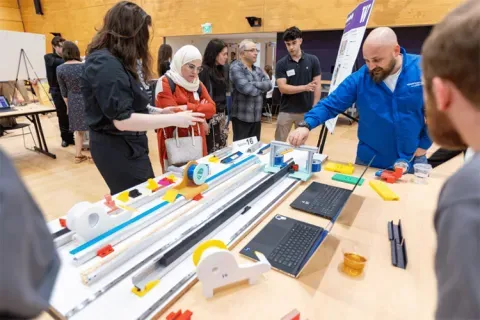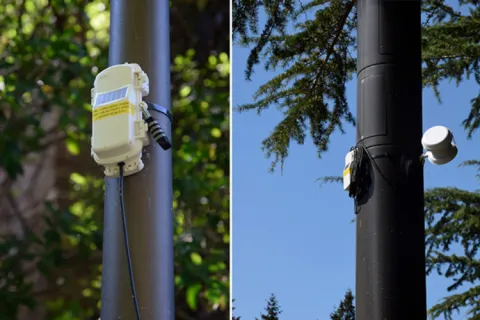Puget Sound Restoration Fund (PSRF)
Seaweed Solutions: Harnessing Wind and Sun for Drying Nuisance Seaweed
Intertidal shellfish operations in Puget Sound can be burdened by seaweed that accumulates on cultivation gear throughout the growing season, oftentimes suffocating clams, oysters and other farmed shellfish. These seaweeds grow quickly and abundantly during warm months, fueled by nutrients from upland sources, the ocean, and nutrients excreted by the shellfish themselves. While seaweeds absorb carbon and nitrogen and initially provide food and habitat for marine organisms, they also decompose, releasing the nutrients back into the environment. This can then contribute to the degradation of local water quality and threaten the livelihoods of many shellfish growers in Puget Sound. PSRF, in partnership with three shellfish growing operations, is leading a two-year pilot project to develop experimental removal systems and market pathways for the excess seaweed that accumulates on and in aquaculture gear at the participating shellfish farms. Wet seaweed is heavy and immediately begins to decompose once removed from the salt water, so an important part of the project the students worked towards is extending the “shelf life” of seaweed and enabling its use in burgeoning seaweed-based markets. Some growers have established relationships with local organic farmers that can most often receive the seaweed as soon as it is harvested, while others aim to stockpile a biomass for new markets. Transport, however, of wet seaweed is incredibly labor intensive and time sensitive. This student team worked to look for ways and/or systems to eliminate the time sensitivity and labor associated with transporting wet seaweed by reducing the weight (and moisture content) and jump-starting the oxygenation process of the seaweed on site to reduce noxious/unpleasant odors. This student team also worked to develop a passive drying system in order to produce a lightweight, easily transported seaweed biomass product. While solving a here-and-now problem for growers, this student team also worked to help recycle seaweed into sustainable pathways and be integral to the potential for renewing sea-to-land nutrient flows in response to actions identified by the Blue Ribbon Panel to help mitigate Ocean Acidification, (a product of climate change) in Puget Sound. Desired outcomes of this project included this student team working to deliver a schematic drawing of the full proposed system and working to develop a physical prototype of the proposed system (full or partial).
Faculty Adviser(s)
Eli Patten, Mechanical Engineering
Related News

Mon, 10/13/2025 | UW Mechanical Engineering
Capstone collaboration leads to award
An ME capstone team received first place for its energy audit of the UW School of Social Work building.

Thu, 07/17/2025
UW engineering students develop smart ballot solution
UW engineering students develop smart technology solution to improve ballot collection for Snohomish County.

Mon, 07/07/2025 | UW Mechanical Engineering
Capstone creations
Students displayed innovative capstone design projects at the 2025 expo.

Fri, 09/20/2024 | UW Civil & Environmental Engineering
Smarter irrigation for a greener UW
A new project combines satellite data with ground sensors to conserve water and create a more sustainable campus environment.